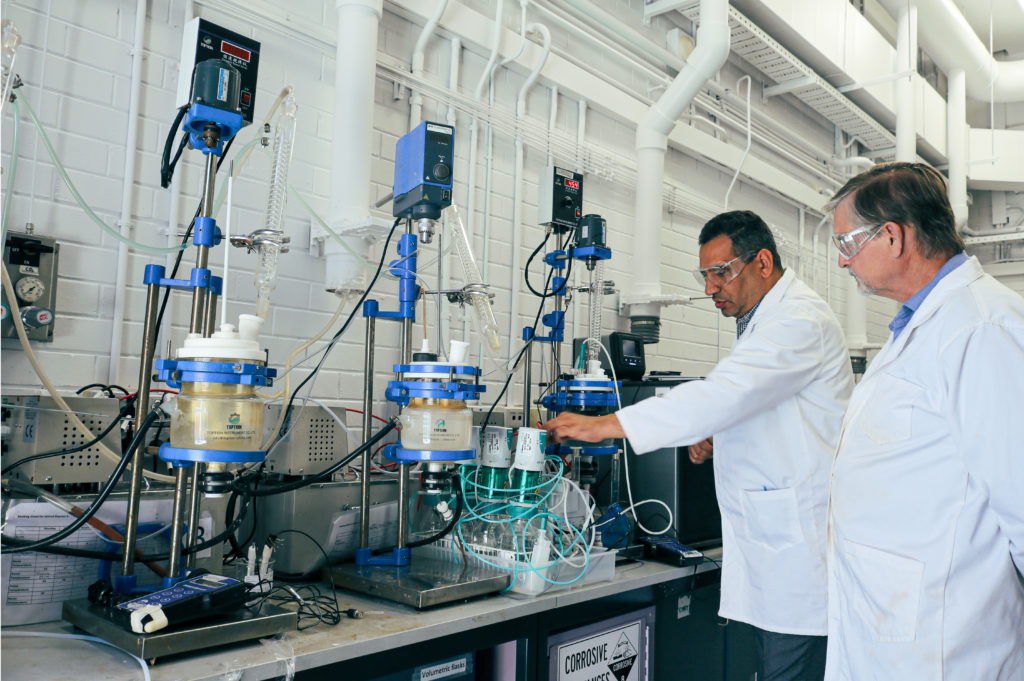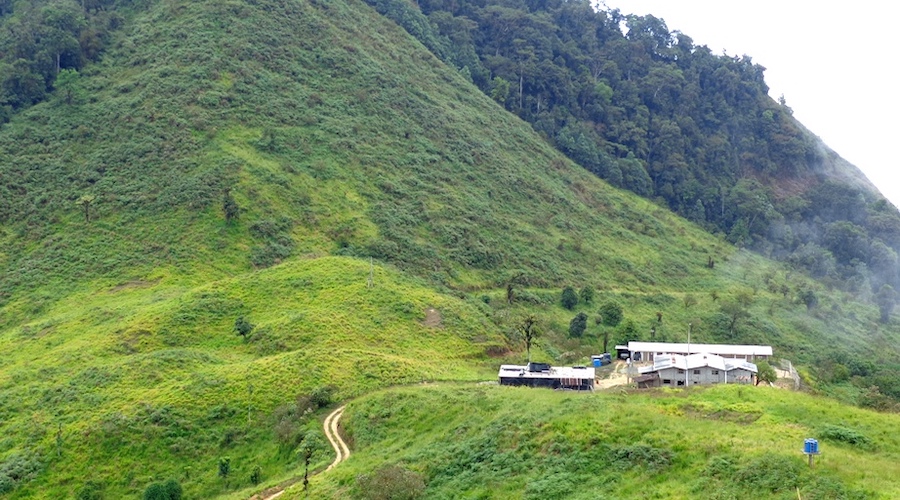Curtin University, Draslovka partner to advance glycine leaching technology


“The non-toxic amino acid has the potential to replace hazardous chemicals like cyanide in mineral extraction processes,” Oraby said in a media statement.
“The safer and more sustainable process is particularly suited for extracting valuable metals including gold, copper, cobalt, and nickel from ore, making it a critical innovation in the evolving minerals sector.”
Trailblazer director Rohan McDougall said the project would see Curtin’s postdoctoral researchers and PhD candidates work alongside technical experts from Draslovka as part of the project team.
“This initiative exemplifies the value of industry-academia partnerships in strengthening Australia’s critical minerals sector,” McDougall said.
Draslovka’s MPS will provide A$2 million and Curtin University’s Trailblazer A$1 million to fund the research collaboration.
“The potential for glycine leaching to replace traditional, hazardous chemicals is a game-changer for our industry,” Draslovka’s chief technology officer Ivor Bryan said. “By combining technical expertise with Curtin’s innovative research, we are positioned to deliver meaningful advancements in sustainability and safety across mining operations worldwide.”
To date, the Resources Technology and Critical Minerals Trailblazer has committed A$102 million to 47 research initiatives, including A$67.6 million from industry partners such as BHP, Rio Tinto, Lynas, Woodside Energy, Cadoux, Sakura Ferroalloys and Xcalibur.
Funding has been provided by Curtin University, The University of Queensland and James Cook University, Trailblazer industry partners, and the Department of Education’s Trailblazer Universities Program.
Companies and researchers working in the critical minerals sector seeking to accelerate new technology development and implementation are encouraged to connect with the Trailblazer team here.
This post has been syndicated from a third-party source. View the original article here.




